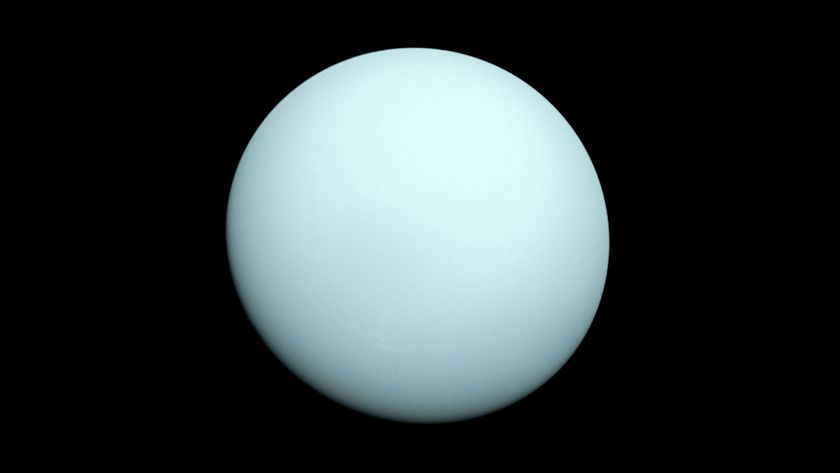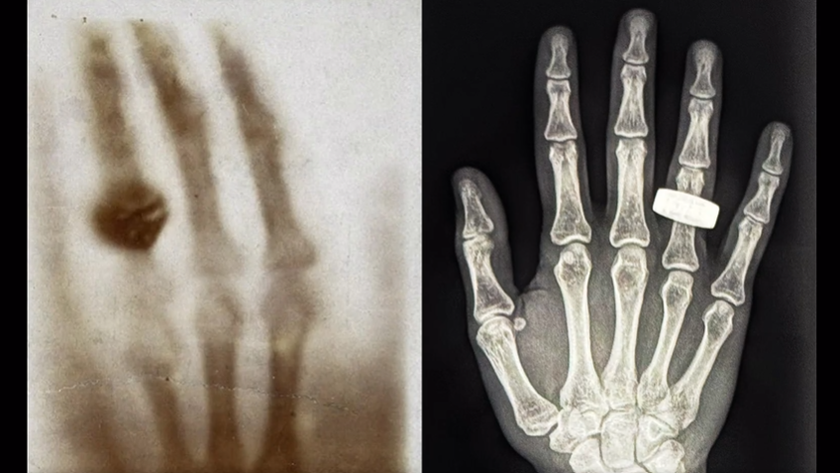Old Star's Super-Hot Water Vapor Surprises Scientists
Scalding hot water vapor has beendiscovered in the atmosphere of an aging star, surprising scientists whothought the chemistry of such stars would forbid it.
Water exists as a gas at ascorching 1,300 degrees Fahrenheit (700 degrees Celsius) in the outeratmosphere of the star called IRC+100216, 500 light-years from Earth.Scientists first detected hints of water vapor in the star in 2001, but a newstudy has confirmed the water's super-hot temperature and debunked a proposedexplanation for its presence, creating an even bigger head-scratcher forscientists.
The chemical signature for wateris not a rarity in stars, but in certain elderlystars made mostly of carbon, water was thought tobe absent.
Inside a star
As some stars grow old, they become carbon-rich. One of thefirst molecules to form in these stars is the union of a carbon atom and anoxygen atom: carbon monoxide.
Until now, scientists thought that all the available oxygenin a carbon-rich star like IRC+10216 would be used up in carbon monoxide,leaving none to bond with hydrogen to form water.
Using infrared observations from the European Space Agency'sHerschelSpace Observatory, a team led by astronomer Leen Decin of KatholiekeUniversiteit Leuven in Belgium found that water is definitely present atextremely hot temperatures.
Get the Space.com Newsletter
Breaking space news, the latest updates on rocket launches, skywatching events and more!
Such sizzling temperatures also seem to counter one of themost popular explanations for the presence of water in the star ? that it had vaporizedoff icy comets that passed too near the star and wereswallowed, researchers said.
The recorded temperatures suggest instead that the waterlies in the heated outer envelope layer of the star.
The findings are detailed in the Sept. 2 issue of thejournal Nature.
Tricky star chemistry
To explain the observations, researchers had to considermore-complicated processes inside what was once considered a fairly smooth,homogeneous layer of the star.
The star's outer atmosphere envelope may actually be clumpyin some spots and thinner in others, researchers said. This would allow photonsof ultraviolet light from interstellar space to punch through and strip oxygenatoms from carbon monoxide molecules, freeing the atoms to join up withhydrogen.
"It shows us our ideas about chemistry are too muchsimplified and there are a lot of other processes induced by these UV photonswhich we have to consider," Decin told SPACE.com.
In fact, taking into account the possible effects frominterloper photons could change astronomers' understanding of what goes oninside many different stars, not just these aged carbon-rich types, she added.
"When we do new simulations we indeed see completelynew chemistry that takes place," Decin said.
- Out There: Water, Water Everywhere
- Video - Water on the Moon
- Top 10 Star Mysteries
Join our Space Forums to keep talking space on the latest missions, night sky and more! And if you have a news tip, correction or comment, let us know at: community@space.com.

Clara Moskowitz is a science and space writer who joined the Space.com team in 2008 and served as Assistant Managing Editor from 2011 to 2013. Clara has a bachelor's degree in astronomy and physics from Wesleyan University, and a graduate certificate in science writing from the University of California, Santa Cruz. She covers everything from astronomy to human spaceflight and once aced a NASTAR suborbital spaceflight training program for space missions. Clara is currently Associate Editor of Scientific American. To see her latest project is, follow Clara on Twitter.











